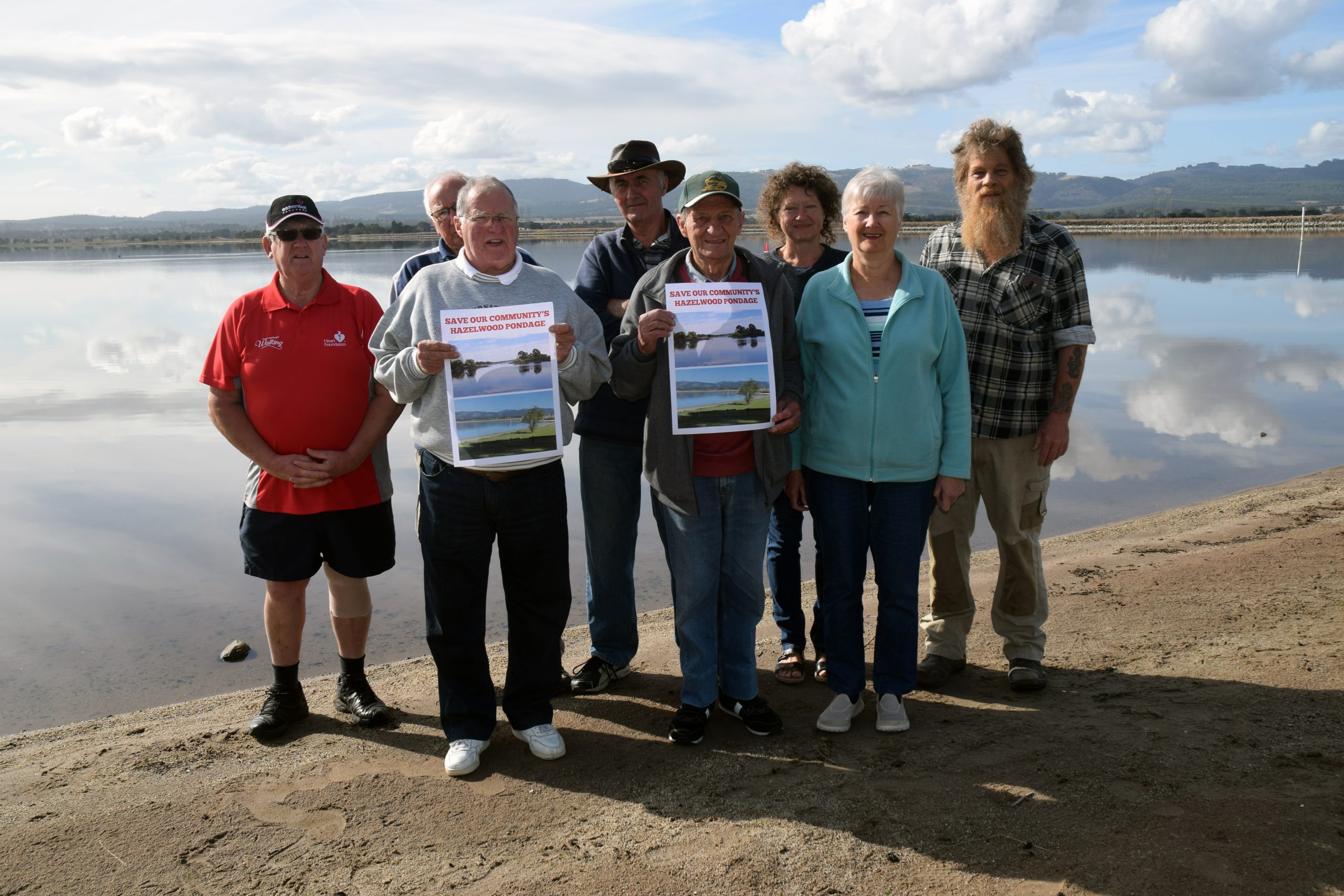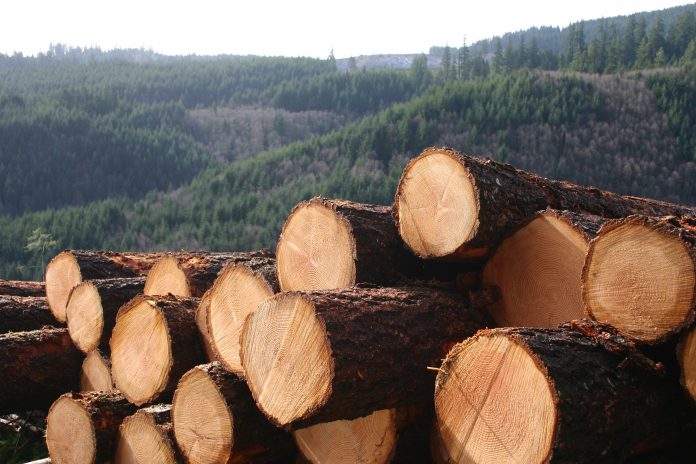PHILIP HOPKINS
By PHILIP HOPKINS
A FORMER Gippsland forestry scientist and historian has described a Labor Party environmental report that calls to end native forest harvesting and replace the industry with a national plantation estate “as flawed”.
More than 300 Labor branches backed a push by the Labor Environment Action Network (LEAN) at the party’s national conference last week to end native forest logging and fund an expanded, publicly-owned plantation industry.
However, it is believed there is a move within the party to take the motion from the conference agenda.
The LEAN report calls for the restoration of native forests, saying they have greater value if treated as a carbon and a biodiversity sink than if logged to produce mainly low-value products such as woodchips, pallets and power poles. Instead, the report recommends the government expand Australia’s struggling plantation sector by creating a state-owned national plantation estate to “increase our domestic timber independence”.
Mark Poynter, a former resident of Sale who worked for many years in East Gippsland, said unsurprisingly, the report had many flaws.
For example, Mr Poynter, who has written books on forest history, said the report referred to “Australia’s devastating rate of logging and clearing”.
However, “at present the annual native forest harvest area is thought to be at a 100-year low,” he said.
The report says that ‘Loss of habitat through logging and clearing is the key driver of the biodiversity crisis’.
“Yet it is widely acknowledged that feral plants and animals (particularly carnivores) and unnatural fire regimes are the key drivers of biodiversity loss because they occur unregulated and simultaneously over vast expanses of the continent, whereas timber harvesting in particular is highly regulated and limited to a very minor portion of forests,” he said.
Mr Poynter said the section on deforestation included “logging” and cited a WWF report as the source reference.
“In fact, logging is followed by regeneration, and so it is categorically not deforestation (that is, defined as permanent removal of forest and change to another land use),” he said.
The report outlined a plan for 13 million hectares of degraded land to be regenerated, basically using funding raised from selling biodiversity and carbon credits.
“However, carbon credits currently being paid to forest owners in Tasmania under certain conditions, include a requirement that credits be paid back when those forests get burnt in bushfires,” he said.
Mr Poynter said the report assumed that only 1250 people are employed nation-wide in “native forest logging” apparently including forest management functions.
“Irrespective of whether or not this is accurate, there is no mention of the approximately nine times more people working in the timber industry whose jobs are reliant on those working in native forest logging to supply the industry with its raw resource,” he said.
“It wrongly assumes that 21.3 per cent of Australia’s native forests are suitable and available for wood production. This is a gross over-statement that relies on misinterpretation of a graph from the 2018 State of the Forests Report.
“For example, it assumes that all multiple use State Forest is available and suitable for long term timber supply, whereas in Victoria for example, only about 15 per cent of the roughly three million hectares of multiple use State Forest is designated and suitable for wood production.”
The report advocates planting 400,000 hectares of new plantation over the next 10 years ‘to help end logging in native forests’.
“However, it makes no mention of whether there is sufficient suitable land for such plantations to be planted, or how it would help end native forest logging given the 30-40 years required for a plantation to mature,” he said.
Mr Poynter said the report completely ignored the high-value hardwood products from native forests, such as furniture, flooring, dining room tables and beds, and the new generation engineered products – large beams and columns – that are as strong as steel. These products all stored carbon.
The ongoing sustainable harvesting of native timber thus produced a continual stream of carbon-storing products along the lines of the IPCC, which said a sustainable forest industry where trees were perpetually regrown through sequestering CO2 was a chief weapon against climate change.
Nearly 90 per cent of Australian sawn timber comes from softwood plantations, and just 12 per cent from hardwood native forests, but next to no tree farms have been planted since 2010 and total plantation area is in decline.
Government modelling suggests at least 400,000 hectares of new plantations will be needed over the next decade to meet demand.
Felicity Wade, LEAN’s co-convener, said the evidence suggested expanding plantations could create 1800 regional jobs, compared with 1100 employed in the native forest industry nationally. She said 316 party branches across 100 electorates supported stopping native forest logging on economic and environmental grounds and focusing on developing a plan to build a “vibrant 21st century plantation-based timber industry”.
“We have some of the most carbon and biodiversity-rich forests on the planet and we’re mining them. What a waste,” Ms Wade said.
“LEAN believes we need publicly owned plantation establishment, done smart. We need to plan what species need to be planted and where, with a plan for which manufacturing facility will take the wood and how it will get to market. We need to recognise the increased fire risks and diminishing water associated with climate change.
“This kind of planning is non-existent. The government needs to step in.”











